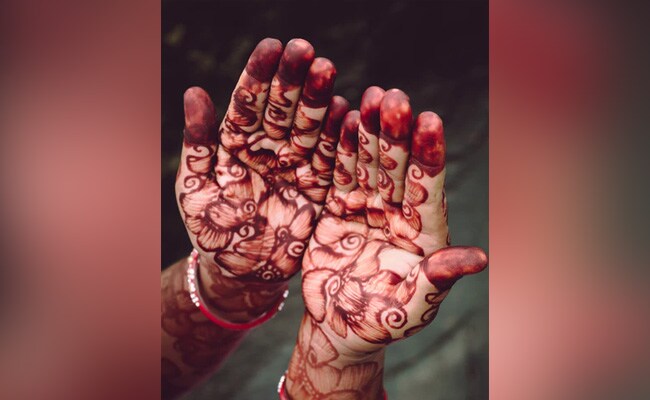Karwa Chauth Mehndi 2020: Mehndi and colourful bangles are a must for Karwa Chauth
Mehndi during Karwa Chauth is a must and an age-old tradition. Ahead of Karwa Chauth it’s time for the auspicious mehndi hues on your hands. Putting mehndi on hands is a much-loved tradition followed by Indian women. During Karwa Chauth, markets are flooded with mehndi artists but this year there may be fewer women going out for getting their hands coloured ahead of Karwa Chauth due to the pandemic. Ready-made mehedi pastes are also available and you can draw the patterns on your hands yourselves.
Mehndi On Karwa Chauth: Significance of the tradition
Mehndi is one of the oldest forms of traditional body art. The word mehndi is derived from a Sanskrit word ‘mendhika’ or the henna plant. Henna leaves have been used for centuries for its medicinal qualities. Mehedi finds mention in religious texts and was used as a cosmetic by women of the Vedic times. The art of using mehndi to enhance beauty apparently started in India and travelled to different countries including the the Middle East. Mehndi is considered very auspicious and among Hindu women, it is one of the 16 adornments of beauty or Solah Shringaar.
Karwa Chauth Mehndi Designs For Your Big Day

Karwa Chauth 2020 Mehndi: A delicate traditional floral mehendi design bringing out the festive mood

Karwa Chauth 2020 Mehndi: This mehndi design is bold and beautiful!

Karwa Chauth 2020 Mehndi: A delicate mehndi pattern, very ornamental!

Karwa Chauth 2020 Mehndi: A very intricate pattern fit for newly married women

Karwa Chauth 2020 Mehndi: A common mehndi motif, beautiful with colourful bangles
Applying mehndi during weddings and festivals, especially during Karwa Chauth is of great cultural significance. Women who observe Karwa Chauth believe that applying mehndi and following all the rituals ensure happiness, long life well-being of their husbands.

Happy Karwa Chauth 2020: Celebrate the day with traditional mehndi, bangles and festive clothes




